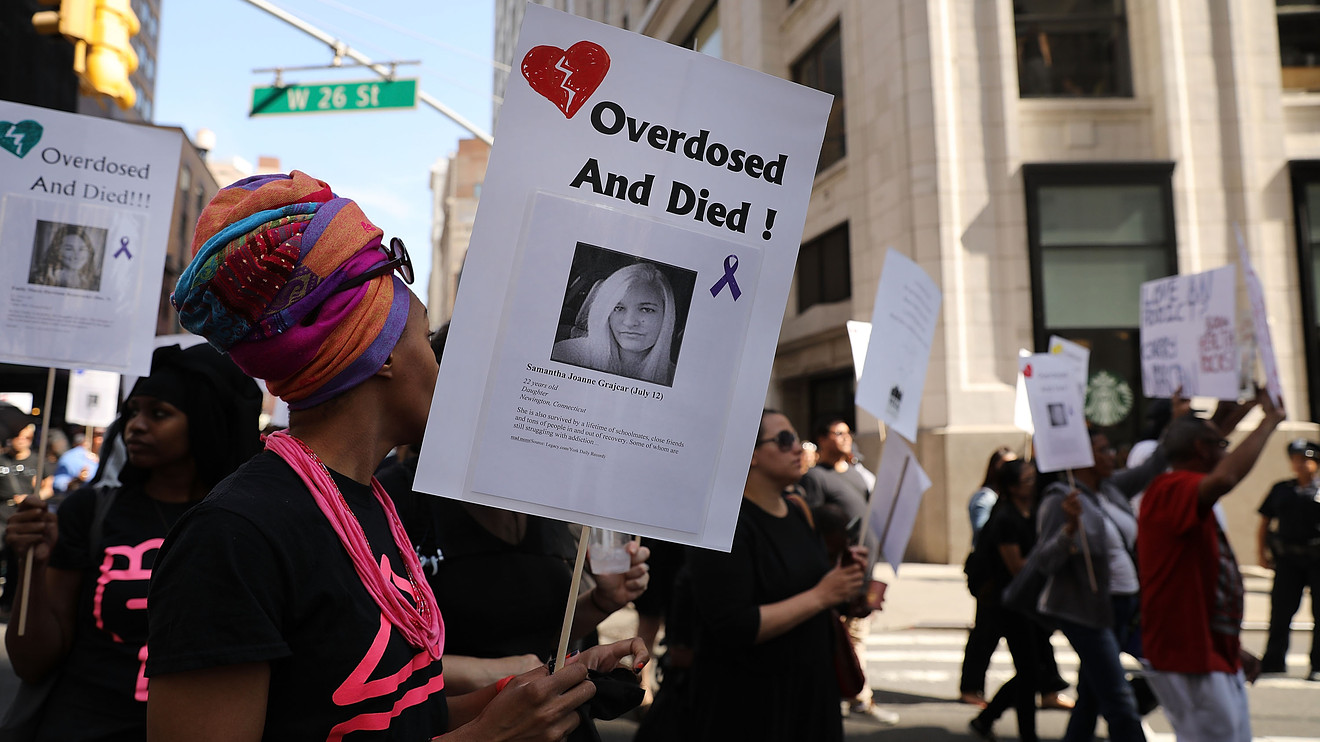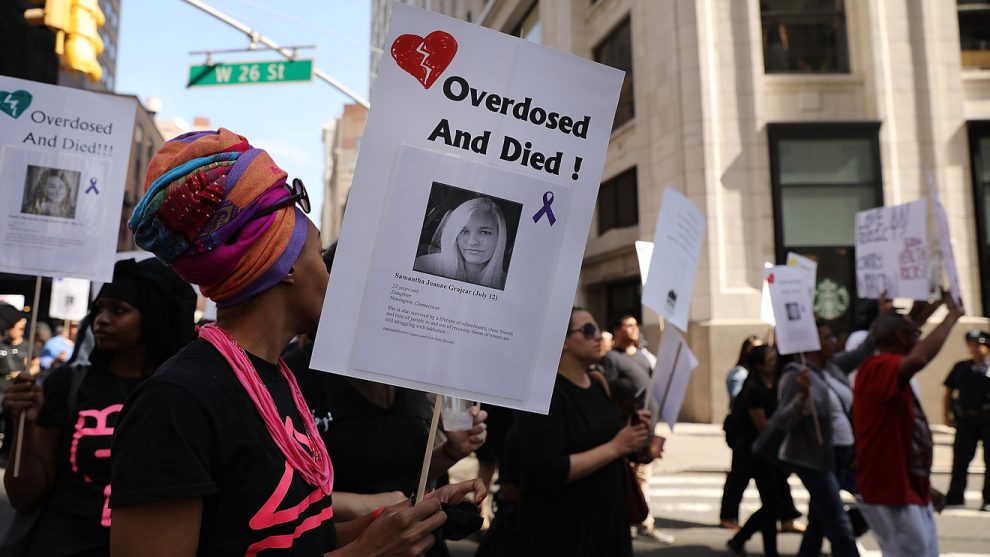
Fatal overdoses involving cocaine and other stimulants have spiked.
From 2015 to 2016, the rate of deaths in the U.S. involving cocaine and so-called psychostimulants — that includes Methamphetamine, Amphetamine and Adderall and other drugs to treat attention deficit disorder and hyperactivity disorder — increased by 52.4% and 33.3%, respectively, according to data released Thursday by the Centers for Disease Control and Prevention.
Death rates involving cocaine and these psychostimulants increased across age groups, racial and ethnic groups, and county urbanization levels from 2016 to 2017. Death rates involving cocaine and psychostimulants — with and without opioids — have increased. Among all 2017 drug overdose deaths, 13,942 (19.8%) involved cocaine and 10,333 (14.7%) involved psychostimulants.
Don’t miss: Former CEO of drug distributor indicted for allegedly contributing to opioid crisis
Synthetic opioids appear to be the primary driver of the increase in cocaine-related deaths and are also showing an increasing involvement in psychostimulant-related deaths, the CDC found. In 2017, opioids were involved in 72.7% and 50.4% of cocaine-related and psychostimulant-related overdoses, respectively. Preliminary data suggest these trends have continued into 2018.
Synthetic opioids are often cheaper than cocaine and other stimulants, and are used as “cutting agents” for those drugs sold on the street. They’re added to cocaine and have the same color and texture as the drug being sold. They’re also colorless and odorless and tasteless. In many cases, however, they make it easier for the drug user to overdose.
Synthetic opioids are often cheaper than cocaine and other stimulants, and are used as ‘cutting agents’ for those drugs sold on the street.
“Synthetic opioids are a class of drug that are manufactured in laboratories and designed to have a chemical structure which is similar to opioids naturally derived from the opium poppy,” according to AddictionCenter.com, a site focused on helping people recover from substance abuse. “Because synthetic opioids are so powerful, accidental overdose is common.”
From 2003 to 2017, rates for all cocaine-involved deaths peaked initially in 2006, but then fell from 2006 to 2012, and increased again from 2012 to 2017, the CDC added. Rates of overdose deaths involving cocaine and any opioid increased from 2013 to 2017, and overdose deaths involving cocaine and synthetic opioids increased from 2012 to 2017.
Cocaine has become more difficult to obtain and the drug’s purity hovers at around 50%. “In recent years, cocaine production has fallen globally,” according to Clinical Services of Rhode Island, an addiction-treatment center. This makes it more likely that producers and distributors will add “adulterants,” or additives, to cocaine in order to bulk it up and make it go further, it added.
Also see: This state’s largest insurer cuts coverage for OxyContin
An estimated 2.1 million people in the U.S. are battling opioid addiction. Since 2010, the number of opioid overdose deaths doubled to 42,000 in 2016, according to the U.S. Department of Health and Human Services. The rate of drug overdose deaths in the U.S. in 2015 was more than 2.5 times the rate in 1999, partly due to a fall in the price of heroin and accessibility to prescription drugs.
Still, the opioid prescribing rate has recently fallen to the lowest in more than 10 years at 58.7 prescriptions per 100 persons (equivalent to 191 million prescriptions). The total number of prescriptions dispensed peaked in 2012, totaling more than 255 million, with a prescribing rate of 81.3 prescriptions per 100 persons.
Get a daily roundup of the top reads in personal finance delivered to your inbox. Subscribe to MarketWatch’s free Personal Finance Daily newsletter. Sign up here.











Add Comment